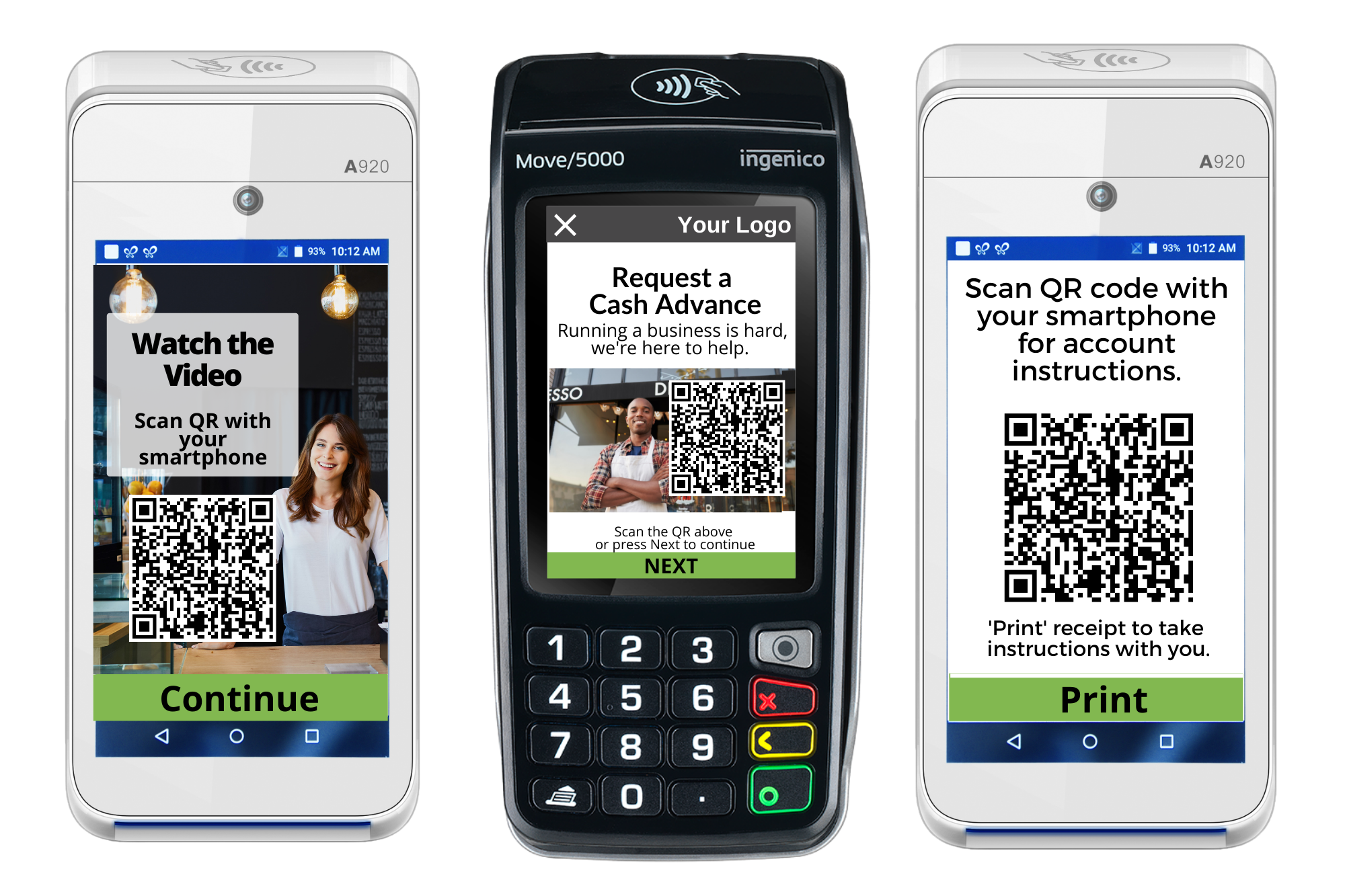It is clear from the study that consumers want speed, convenience and timely communication for a better BOPIS experience. Currently, a small portion of total purchases are completed through click and collect, but it is growing in use, with 49% of Americans trying it for the first time in 2016.
Retailers can benefit from creating a winning in-store experience — 59% of buyers expect to purchase additional items at least some of the time. Retailers should explore if they can provide incentives to convert the 41% of customers who are not likely to purchase additional items.
It is interesting to note that 77% of shoppers did not want to be dragged all the way to the back of the store to pick up their items. Businesses should balance their financial motives to upsell patrons entering their stores to pick up their items with the speed and convenience that they expect.
Retailers should focus on creating a winning in-store experience by enabling what matters most to click and collect consumers: speed, convenience and timely communication.

